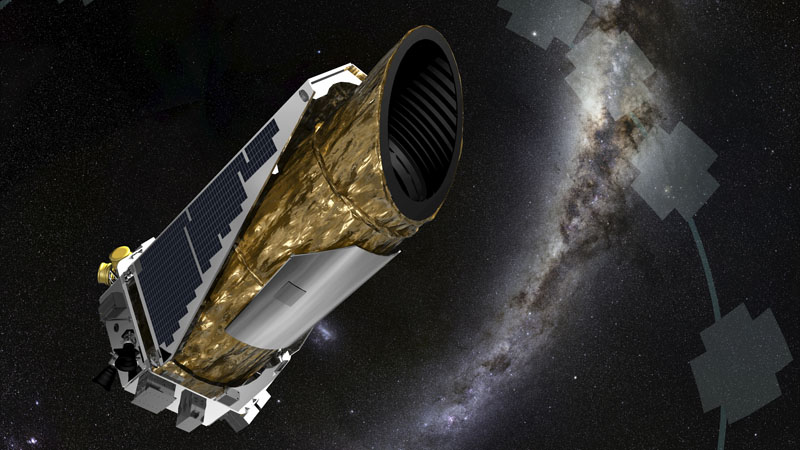
Space exploration has suffered its share of setbacks and disappointments over the decades, but few of them stung as much as the 2013 mechanical failure of the Kepler spacecraft, a space telescope designed to accomplish one of the most exciting explorations of space ever: the search for potentially Earth-like planets orbiting other stars.
The Kepler spacecraft is basically a giant, very sensitive telescopic camera designed to compete in an ultimate cosmic staring contest: to gaze continuously at a patch of about 150,000 stars near the constellation Cygnus, and wait for them to blink—that is, dim slightly—when planets they might possess pass briefly in front of them.
To find Earth-like extrasolar planets, Kepler had to do more than detect the very slight dimming of starlight caused by the transit of relatively small, Earth-sized worlds. It had to find the ones orbiting within their star’s “habitable zone,” or “Goldilocks zone:” the distance at which conditions on the planet are neither too hot nor too cold to support that commodity essential to all life on Earth, liquid water–the “porridge of life,” one might say.
At that distance from its star, a planet only orbits every few months, or even years, so for Kepler to confirm their existence requires it to make continuous observations for several years, so as not to miss any transits. To win the contest, Kepler could not blink.
For so long people have dreamed of the existence of other planets in the cosmos, and naturally human fancy has drawn our imaginations to envision worlds whose environments would be habitable for human life. Kepler was truly the first mission of science to actually search for such worlds, an example of technology and scientific inquiry catching up to centuries of unrequited human desire.